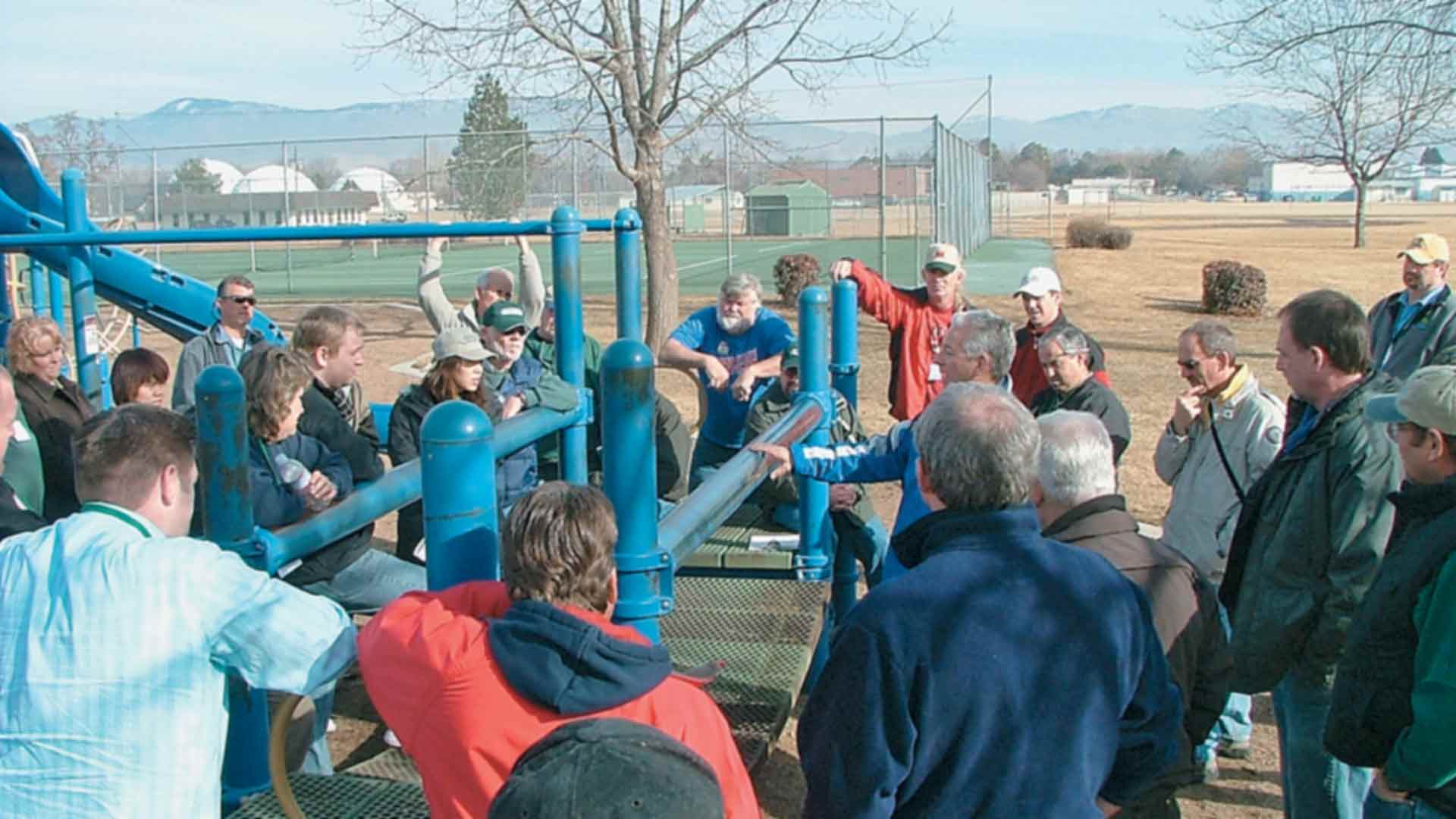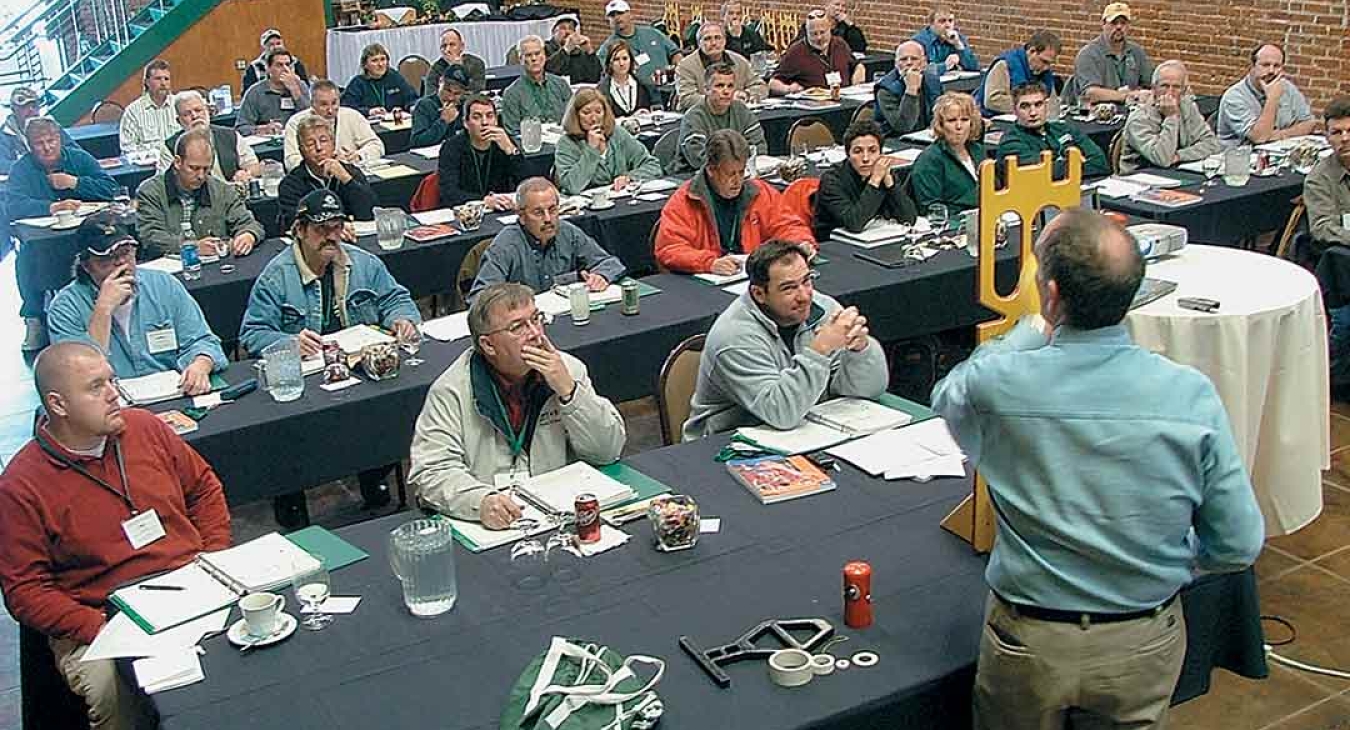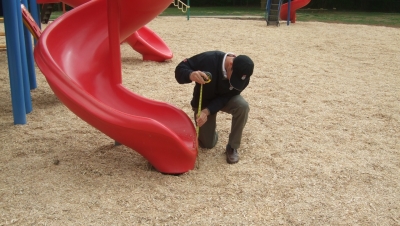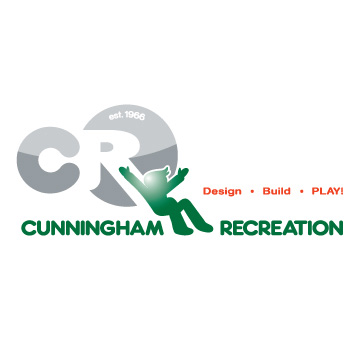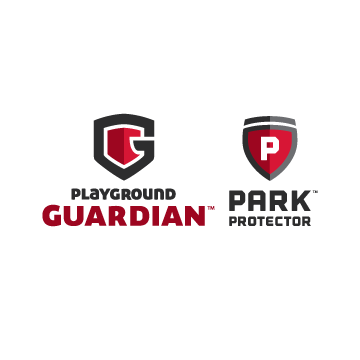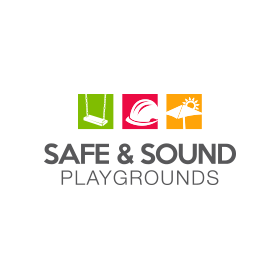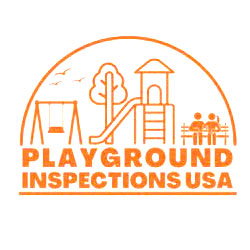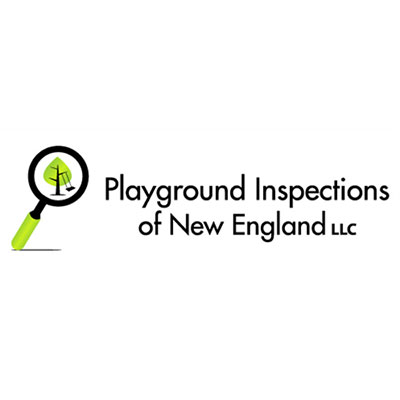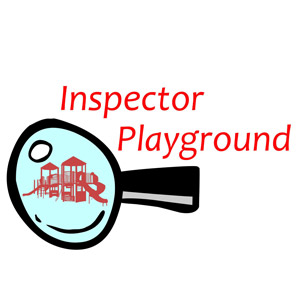What good has it done?
Recently, I was reflecting with a customer about a playground project we constructed for them in the early ‘80s. I remember I came to the daycare to consult with them about the installation of their newly purchased play equipment. The daycare location was enclosed by a wonderful six-foot cinderblock wall on three sides and had a concrete sidewalk on the fourth side. I do not remember the exact measurements of the area but I do remember that we only had two feet of safety clearance on each side of the play equipment. Two feet is not enough room to jump off of stairs or slide down a slide. Remember that the CPSC Public Playground Guidelines had just been released and the ASTM standards were not produced yet. This owner was completely unaware of any safety considerations for her play area. While she did plan on putting sand under her play structure, she was doing it for the play value of the sand, not for the safety value of protective surfacing.
We spent a tremendous amount of time convincing this owner that six feet of safety clearance was appropriate as a safety consideration. In the end, safety prevailed and the play structure was redesigned to fit the area with a six-foot safety zone.
In the 1980s and 1990s playground manufacturers, sales reps, and contractors spent a lot of time and effort educating playground owners about safety zones, protective surfaces, entanglements, entrapments, protrusions, and all the other safety issues with playgrounds. Today’s playground owners and caretakers are well aware of the current safety standards and in fact, promote and educate playground safety to those involved with their playground projects. Today, most playground purchasers put safety standard compliance into their playground specifications up front, where the designer, manufacturer, and installer must be in compliance with the CPSC and ASTM.
One has to wonder how these thousands of playground owners have become aware of these playground rules and what it is that is keeping them informed. We must recognize the National Recreation and Parks Association (NRPA) as the leader in educating the public about playground safety issues. Many of Playground Professional’s readers are graduates of the NRPA's programs and have earned the credentials to be Certified Playground Safety Inspectors (CPSI). The three-day course offers classroom and in-the-field training that gets to the nuts and bolts of playground safety. Those who attend the course have a better understanding of the guidelines and standards that are in place. With these standards constantly changing, CPSIs can keep abreast by continued involvement with the Institute.
Today the previously mentioned daycare owner is aware of playground safety and playground safety guidelines. She has been trained and certified by the NRPA and can rest assured that she understands how playground safety and her daycare relate to each other. If you are not educated about playground safety but wish to be, you owe it to yourself to attend the next CPSI training in your area.

